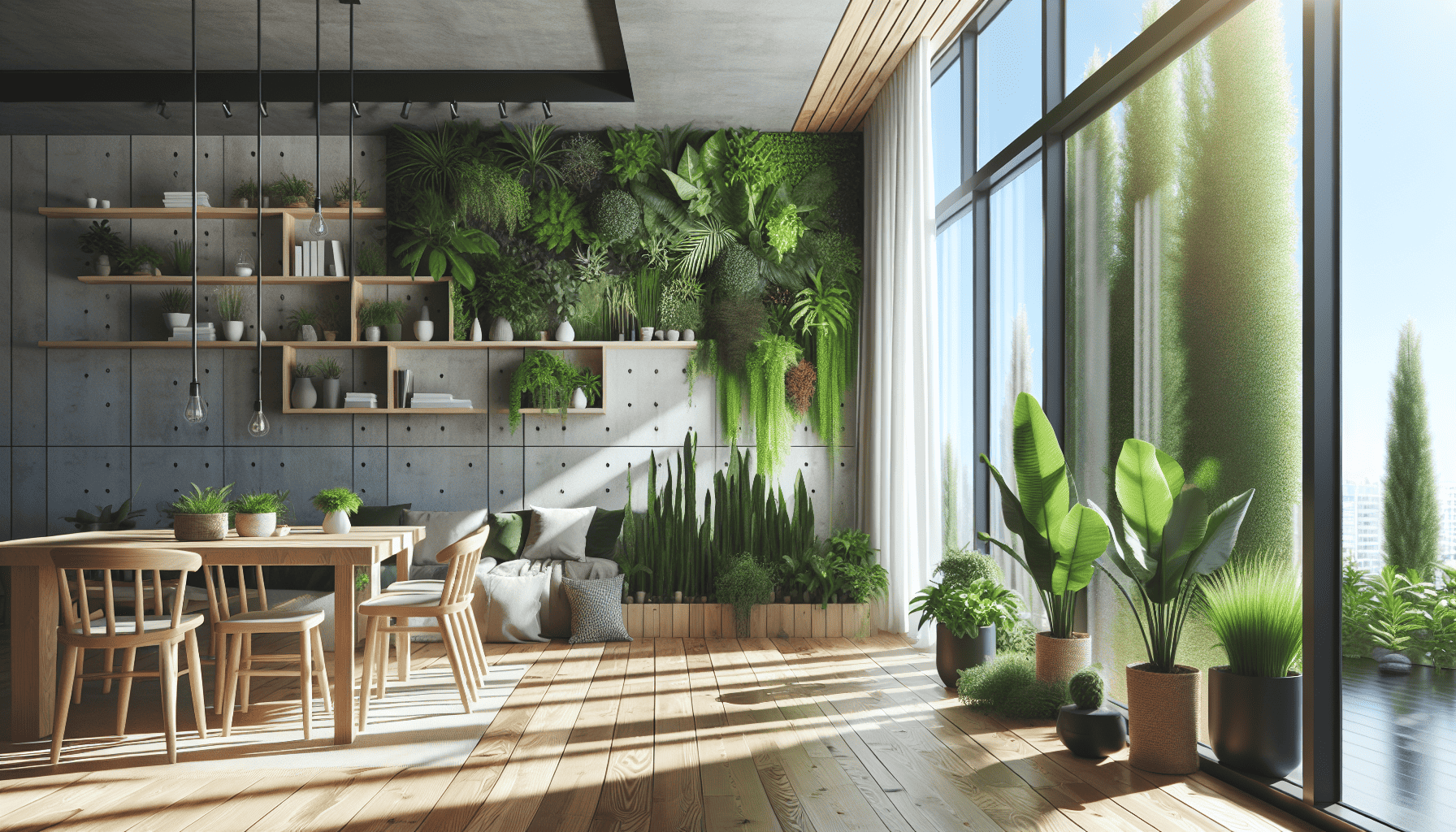In recent years, the movement toward sustainable living has gained significant momentum, driven by a growing awareness of environmental issues and a collective desire to minimize our ecological footprint. The concept of eco-friendly design stands at the forefront of this transformation, melding creativity with functionality to create spaces and products that are as kind to the planet as they are to their users.
Eco-friendly design goes beyond just the material choices, encompassing a holistic approach that integrates renewable resources, energy efficiency, and waste reduction. This comprehensive framework prioritizes innovation and green solutions, redefining how we interact with our surroundings and shaping a more sustainable future.
One of the key pillars of eco-friendly design is the use of sustainable materials. Designers are increasingly turning to resources such as bamboo, reclaimed wood, and recycled metals, which offer durability and aesthetics without the adverse environmental impact. These materials not only reduce reliance on traditional, resource-intensive options like concrete and plastics but also inspire unique, innovative designs that challenge conventional norms.
Energy efficiency is another crucial component of eco-friendly design. As buildings account for a significant portion of global energy consumption, incorporating energy-saving features can have a profound impact. This might include the installation of large windows that maximize natural light, thereby reducing the need for artificial lighting during the day. Similarly, the integration of passive solar design – where buildings are oriented and constructed to naturally regulate internal temperatures – can dramatically cut energy use.
In addition to material and energy considerations, eco-friendly design is increasingly focusing on life-cycle sustainability. This involves designing products and structures that not only serve their immediate purpose but are also easy to repair, recycle, or repurpose. For instance, modular designs allow parts to be easily replaced or upgraded, extending the lifespan of a product and reducing waste.
Water conservation is another aspect being creatively tackled by eco-friendly designers. From low-flow faucets and showerheads to rainwater harvesting systems, these solutions are instrumental in managing one of Earth’s most precious resources. Greywater systems, which recycle water from sinks and showers for use in toilets or gardens, exemplify the innovative approaches being employed to conserve and reuse water efficiently.
Sustainable landscaping is another exciting frontier in eco-friendly design. Incorporating native plants, rain gardens, and permeable pavements not only supports biodiversity but also helps manage stormwater and reduces the need for irrigation and chemical fertilizers.
Moreover, the concept of biophilic design is gaining traction, emphasizing our intrinsic connection to nature. By incorporating natural elements like green walls, indoor plants, and water features, eco-friendly design enhances the well-being of occupants, providing tangible psychological and physical health benefits.
Finally, technological advancements are playing a crucial role in pushing the boundaries of what is possible in eco-friendly design. Smart home systems optimize energy use, while innovations in renewable energy technology, such as solar panels and wind turbines, empower individuals and communities to generate their own clean energy.
The shift towards eco-friendly design represents a confluence of aesthetics, functionality, and environmental stewardship. As we continue to innovate and embrace sustainable practices, we cultivate a world where design is not just about the end product but about creating a lasting, positive impact on our planet. Through these efforts, eco-friendly design not only enriches our living spaces but also contributes to a broader movement that champions the health and vitality of the Earth.
